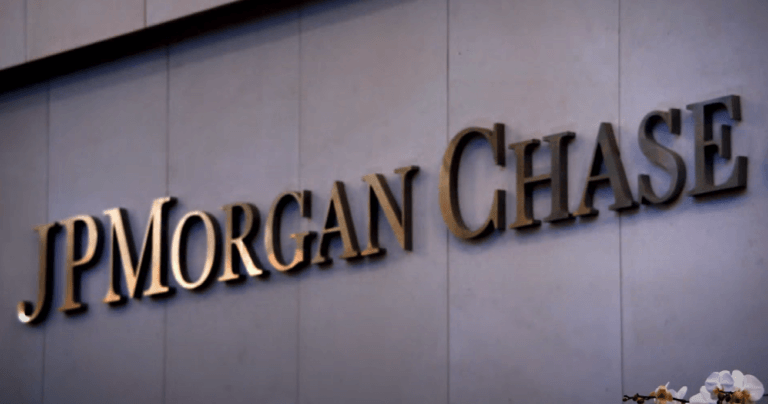In an interview on Bloomberg Television on September 16, 2024, Joyce Chang, JPMorgan’s Global Research Chair, reiterated her expectation that the Federal Reserve will announce a 50 basis point rate cut at its upcoming meeting on Wednesday. Despite ongoing debates within the market, Chang noted that her team is holding firm on their projection, although she acknowledged that others are considering the possibility of a smaller 25 basis point cut. Chang explained that the focus for many market participants has shifted from the size of the rate cut to the broader outlook on U.S. economic growth.
Chang expressed confidence in the 50 basis point cut, stating that the current market conditions provide the Federal Reserve with the scope to make a larger rate reduction. She pointed to easing inflationary pressures and labor market conditions as key reasons why such a move is warranted. The Federal Reserve’s current monetary policy stance, Chang suggested, remains restrictive, but there is room for a larger cut without pushing inflation back up. She added that the Federal Reserve’s tone is likely to be “relatively dovish” regardless of the size of the rate cut.
When asked whether the Federal Reserve is behind the curve, Chang admitted that the issue is still up for debate. However, she downplayed concerns about the labor market, explaining that consumer demand remains robust, and there has not been a significant wave of job losses. Chang is predicting an additional 50 basis point cut in November, followed by a 25 basis point cut in December, signaling that JPMorgan believes the Fed is engaged in a broader easing cycle.
Looking ahead, Chang highlighted potential concerns around 2025, particularly in light of the U.S. election results. She questioned whether inflation could continue to decrease given the fiscal policies currently under consideration.
According to a report by CNBC, JPMorgan Chase CEO Jamie Dimon has warned that stagflation remains a possibility, even as inflation shows signs of cooling. Last Tuesday, while speaking at the Council of Institutional Investors’ conference in Brooklyn, Dimon stated that the worst outcome for the economy would be stagflation, combining recession and high inflation. Dimon noted that stagflation cannot be ruled out:
“I would say the worst outcome is stagflation — recession, higher inflation… And by the way, I wouldn’t take it off the table.“
CNBC highlighted that Dimon’s comments come at a time when investors are focusing on slowing economic growth. Recent inflation data suggests prices may be moving toward the Federal Reserve’s 2% target, but reports on employment and manufacturing show some weakening. CNBC emphasized that these mixed signals are causing concerns in the markets.
Dimon also expressed concerns about inflationary forces on the horizon. CNBC noted that he cited higher government deficits and increased infrastructure spending as factors likely to add inflationary pressure. According to Dimon, these factors will keep inflationary risks present over the next few years. Dimon also referenced his previous statements from August, when he said the chances of a “soft landing” for the economy were only around 35% to 40%, suggesting that a recession is more likely.









